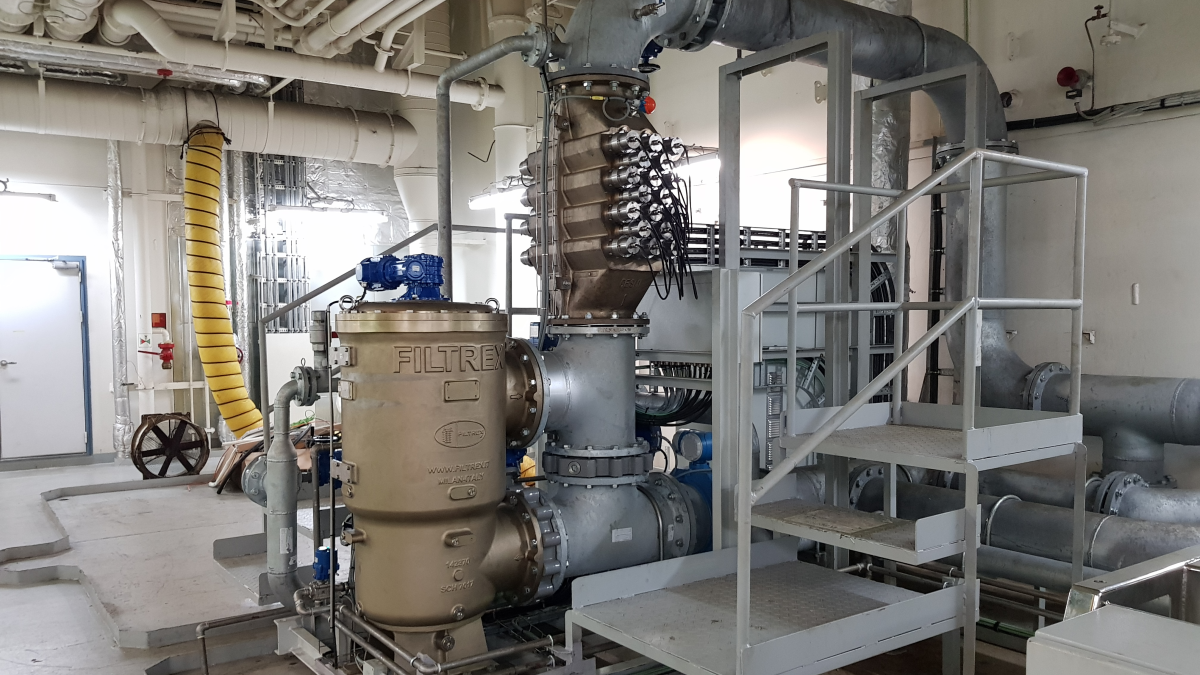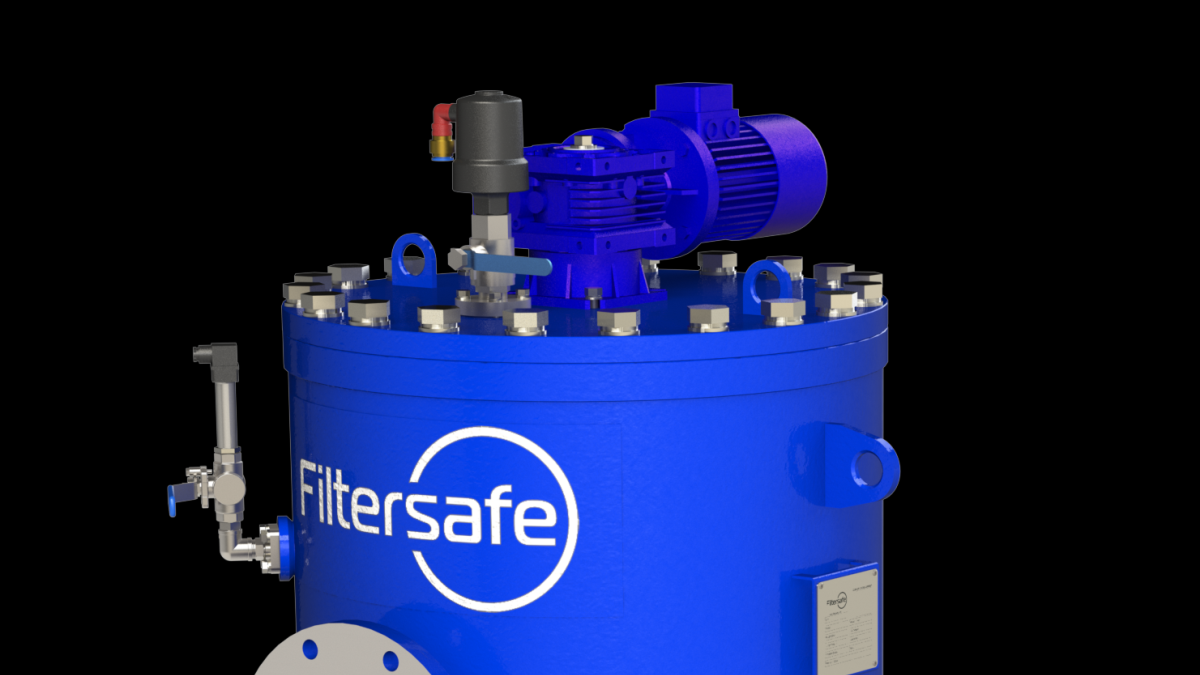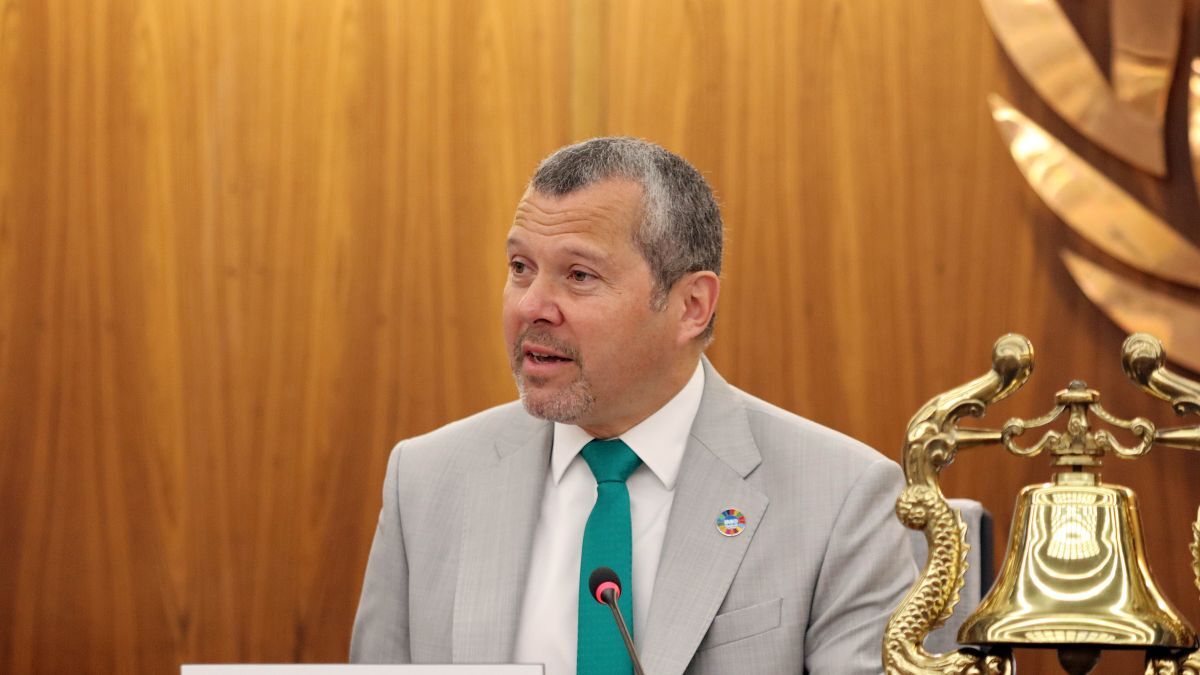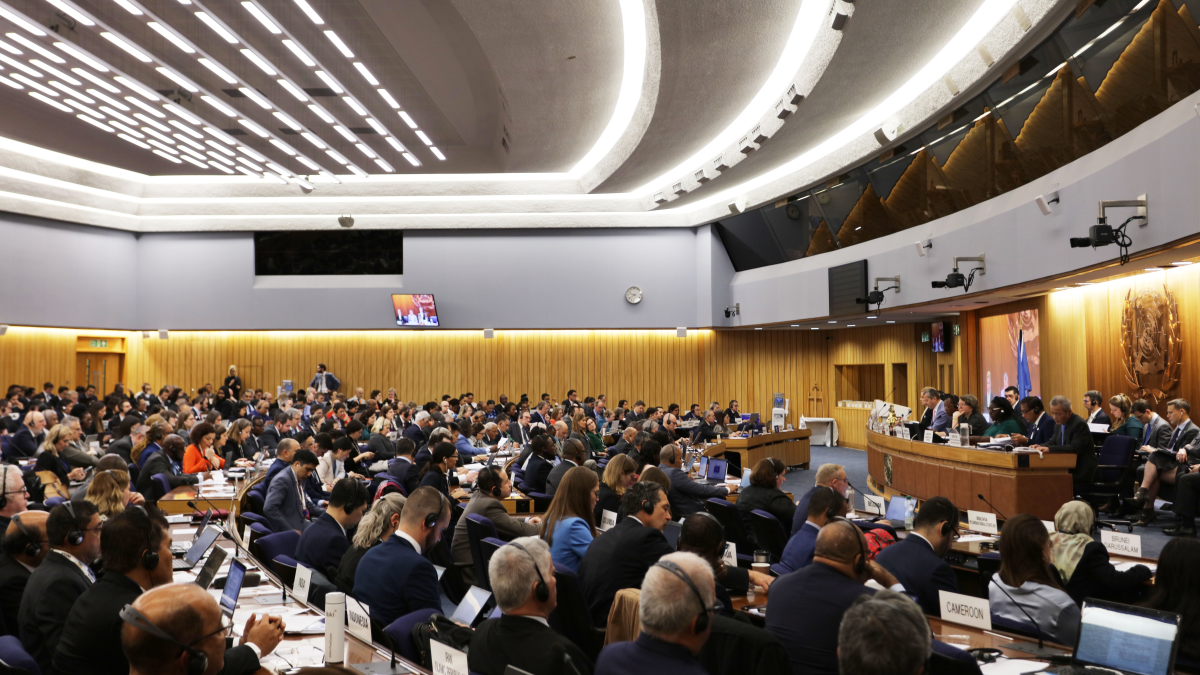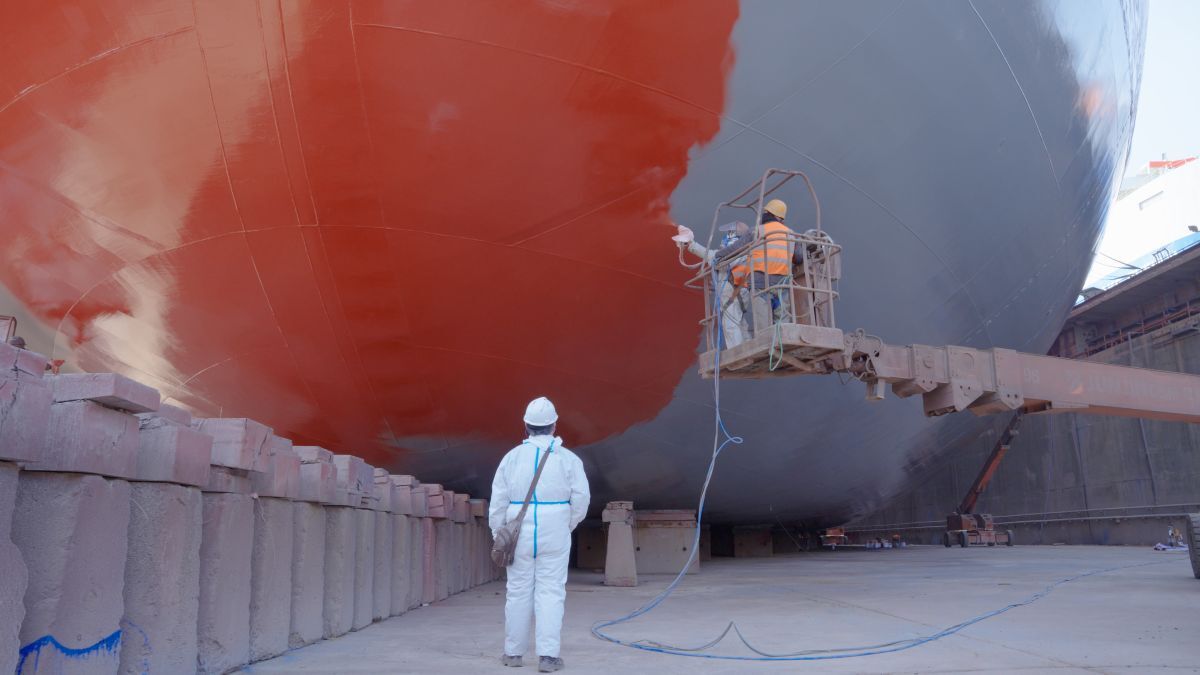Business Sectors
Events
Contents
Register to read more articles.
Ballast water treatment technology - now and then
Ballast water treatment technology has undergone many iterations, with a number of milestones along the way
The issue of harmful aquatic organisms in ballast water was initially addressed by IMO in 1988. It was developed into a guideline in 1991, leading to a resolution in 1997. Moving forward to February 2004, IMO adopted the International Convention for the Control and Management of Ships’ Ballast Water and Sediments (BWM Convention), with compliance to the D-2 biological standard scheduled to begin for the majority of vessels in September 2024.
Undoubtedly, 36 years is a significant duration to develop legislation. However, these regulatory milestones do not fully reflect the tremendous progress made by the industry in transforming a shore-based industrial process into a technology suitable for the challenging maritime environment.
Fortunately, IMO established a goal and a target date. In contrast, the US decided to pursue its own path regarding ballast water treatment legislation. As early as 2009, concerns were raised. In that year’s Ballast Water Treatment (the forerunner to Ballast Water Treatment Technology), Nutech O3 vice president and general counsel Joel Mandelman expressed uncertainty about who would certify technologies that meet the yet-to-be-determined US treatment standard. He highlighted the existence of a Ballast Water Treatment Act, which had been circulating in the Capitol for a decade without being passed into legislation, while individual states were at odds with federal regulations. Several years later, the 2018 Vessel Incidental Discharge Act (VIDA) was enacted to address this issue, but replacement enforcement protocols may not be ready until 2028.
“Those systems that gained type-approval benefited from enhanced marketability”
Aside from shedding light on the challenges of ballast water legislation in the US, the 2009 issue of Ballast Water Treatment featured several well-known ballast water management system (BWMS) providers, such as Alfa Laval (PureBallast), Ecochlor, JFE Engineering of Japan, (Severn Trent) DE NORA (BalPure BWMS), RWO Cleanballast, Techcross, and Optimarin. These companies still feature in the heavily edited* 2023 Directory.
During the 14-year period, companies like Oceansaver (now Teamtec) and Glosten (in the form of oneTank) emerged, along with other BWMS models with unrecorded name changes and timelines.
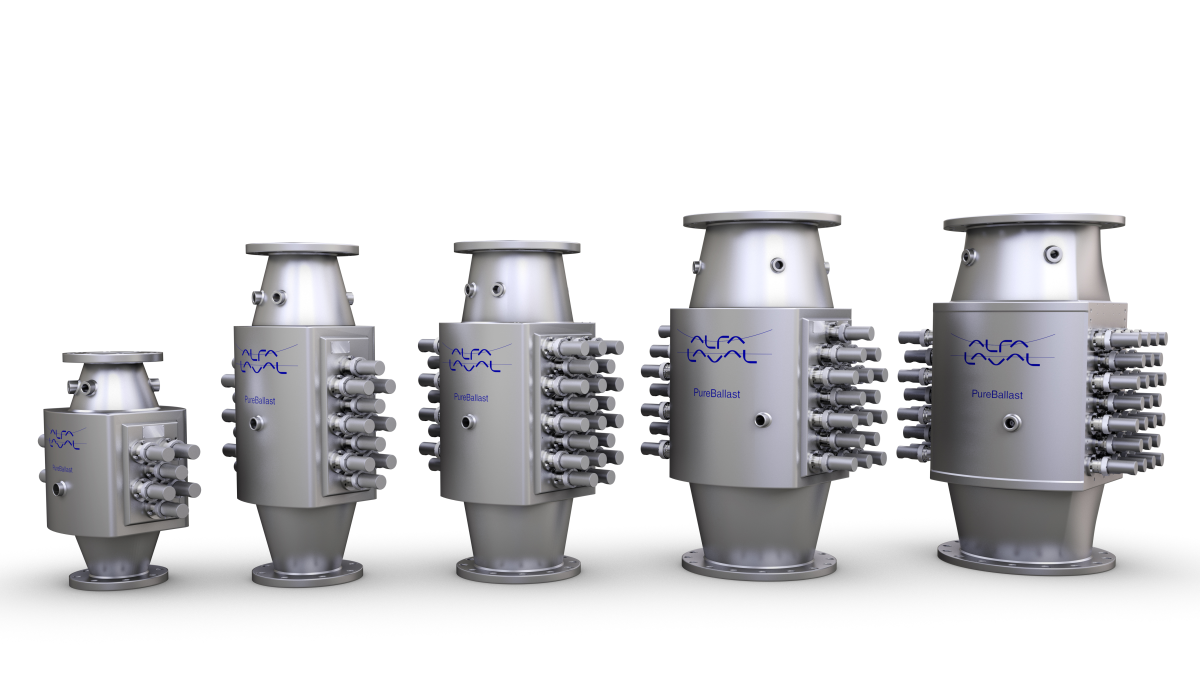
The inaugural edition of Ballast Water Treatment holds historical value due to the wide range of intriguing ballast water treatment techniques available or under development at the time. For instance, the Sedna ballast water treatment system (BWTS) utilised an active substance called Peraclean Ocean, jointly developed by German companies Hamann and Evonik Industries. It obtained final IMO and type approval in 2008 from the Federal Maritime & Hydrographic Agency in Hamburg. The system employed two-stage filtration using hydrocyclones followed by filters. The filtered water was then disinfected with Peraclean Ocean, a special formulation of peracetic acid and hydrogen peroxide from Evonik.
Interestingly, hydrocyclones are also employed in the Wuxi BSKY BWMS developed by Wuxi Brightsky Electronic Co., Ltd., which received US Coast Guard type-approval on 28 April, 2021.
Another example is the NEI Venturi Oxygen Stripping (VOS) BWTS, which utilised inert gas extracted from an inert gas generator, slightly modified from the type used on conventional tankers. When exposed to low oxygen gas, the dissolved oxygen was removed from the solution, resulting in de-oxygenated ballast water. Inert gas was then used to maintain the low oxygen environment in the ballast tanks.
The Hitachi Ballast Water Purification System, a Japanese-designed system produced in collaboration between Hitachi and Mitsubishi Heavy Industries, utilised coagulation and magnetic separation technology, eliminating the need for additional disinfection. The coagulation process gathered micro-organisms into magnetic flocs, measuring about one millimetre in size, which were then collected in a magnetic separator.
Marenco Technology Group offered in-port technology. Its MA-1000 model was a portable unit designed for on-deck treatment of ballast water using the vessel’s fire hydrant system. Currently, Freedom Ballast provides in-port ballast water treatment as a service, employing the high-heat Bawat system to treat ballast water outside the vessel.
Qwater, based in Texas, reported the development of a treatment system that applies high-powered ultrasonic sound waves to kill organisms. The resulting cavitation creates millions of expanding and imploding bubbles. During implosion, the bubble reaches temperatures as high as 5,500°C and, combined with high pressure, generates a shock wave that eliminates organisms. Qwater highlighted that the operating costs of its system were less than 30 per cent compared to some other technologies. In 2023, Shanghai Cyeco Environmental Technology of China submitted a BWMS using ultrasound to IMO for type-approval.
While some of these technologies have been replicated by modern systems, the BallaClean from EcologiQ appears not to have been emulated. This liquid-based system produced deoxygenated ballast water within a timeframe of less than 96 hours, without requiring further processing upon discharge. Unfortunately, limited information is available regarding the specific ingredients in the product.
Not all the innovations reported in 2009 were about treatment of ballast water. Ballast Water Treatment reported on the Ballast-Free Ship concept, developed at the University of Michigan in 2001 by Professor Michael Parsons and then PhD student Miltiadis Kotinis. In the design, the traditional ballast tanks were replaced by longitudinal trunks that run from bow to stern. Pairs of these trunks are flooded in the ballast condition and are left open to the sea. The natural pressure distribution that develops around a hull at speed would be used to drive a slow flow through the trunks so that they always contain local water.
Not all these innovations became commercial realities, but those that gained type-approvals benefited from enhanced marketability. Techcross, employing electrolysis technology, was among the earliest systems to receive any type of approval. It obtained IMO basic active substance approval at MEPC 54 in March 2006. The first type-approvals from the US Coast Guard occurred in 2016 for Optimarin and later for Alfa Laval.
*The 2023 Directory has undergone editing to exclude BWMS models that no longer appear to be available, have not obtained IMO- or USCG type-approvals or are on a pending list, or where details are unknown.
Related to this Story
Events
Maritime Environmental Protection Webinar Week
Cyber & Vessel Security Webinar Week
The illusion of safety: what we're getting wrong about crews, tech, and fatigue
Responsible Ship Recycling Forum 2025
© 2024 Riviera Maritime Media Ltd.


